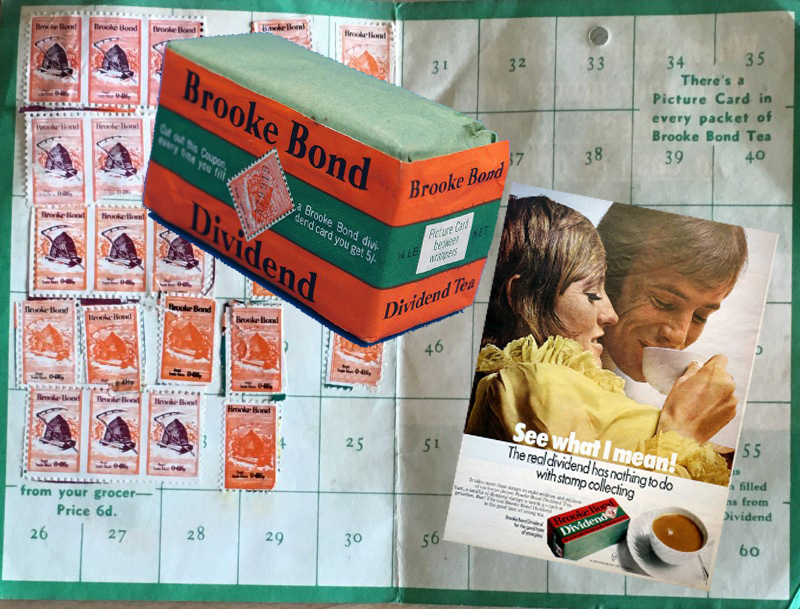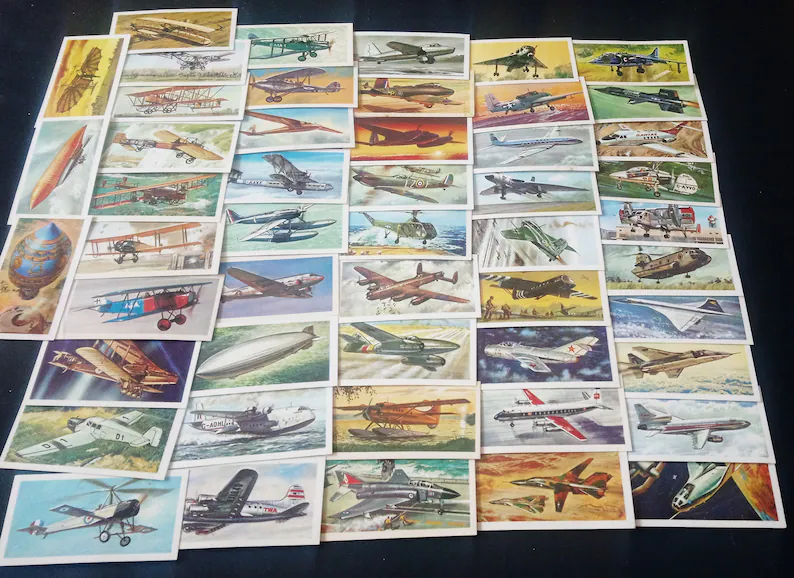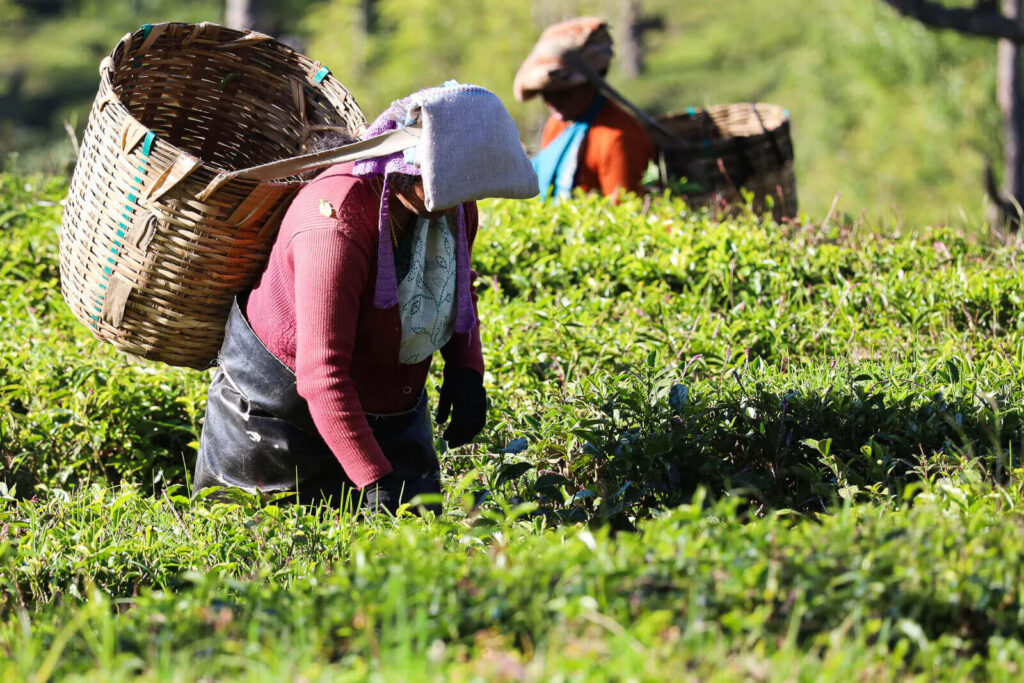The dual theme of my A to Z Challenge this year is the world of Commodities and Poetry Forms so the juxtaposition of these two themes may throw up some strange poems – could be a Heroic Ode to Heating Oil or will it merit a Haiku or a Haibun – whichever, I will be endeavouring to bring you interesting facts about commodities that may change the way you think about the stuff we variously depend on…
By commodity I mean certain items that are of both sufficient value/volume to be traded in special markets and are generally volatile enough to attract traders in “Futures” which are a way of hedging bets in the trading world of stocks, shares and commodities.
The A to Z Challenge runs throughout April and will consist of 26 posts – there are only a couple of letters for which I couldn’t find commodities but plenty of poetry forms to carry the day!
Worldwide Trade in Tea 2022 – $8.13 Billion – 426th most traded product – representing 0.034% of total world trade…
After water – tea is the second most drunk liquid in the world! In America, the lingering effect of the anti-imperialist sentiment of the Boston tea Party means that to this day, 79% of Americans drink coffee while only 75% drink tea. You can find more fun statistics about tea drinking here. But you can definitely say that a plant which grows in quite particular climatic conditions has been spread by acts of Empire from its original sources and from its original drinkers, to become the world’s favourite beverage – Americans notwithstanding. Originating in China – the name of the species is “Camellia sinensis” (Chinese Camellia) – agents of the British Empire stole plants (remember Rubber) and created plantations in India, Sri Lanka and Kenya. Actually, most of the plants stolen by the British did not survive in the foothills of the Himalayas but they discovered another variety of tea growing in Assam and Assam tea is just one of the many variants of tea available from across the world today. Beyond the different varieties that are picked, there are also many ways of processing the picked leaves and so increasing even further the choice of finished product.
White: wilted and unoxidized;
Wikipedia
Yellow: unwilted and unoxidized but allowed to yellow;
Green: unwilted and unoxidized;
Oolong: wilted, bruised, and partially oxidized;
Black: wilted, sometimes crushed, and fully oxidized (called 紅茶 [hóngchá], “red tea” in Chinese and other East Asian tea culture);
Post-fermented (Dark): green tea that has been allowed to ferment/compost (called Pu’er if from the Yunnan district of South-Western China or 黑茶 [hēichá] “black tea” in Chinese tea culture).
Tea leaves contain enzymes that immediately cause an oxidation to take place after picking and darken the leaves unless quickly dried or in the case of black tea, dried and heated at the same time. heating and drying de-activate the enzyme. Green teas keep least well but black teas can keep up to two years in a sealed dark container.
Teas are often blended to combine the characteristics of the component varieties – Englis Breakfast Tea is an example mixing East African, Ceylon and Assam grown tea to form a strong tea suitable to wake you up at breakfast – although black tea has about half the caffeine of coffee, it has the benefit of releasing the caffeine more slowly. Various additions can be made both to tea proper to create blends like Earl Grey Tea – said to be the most addictive tea of all due to the Bergamot Oil it is flavoured with. And then there are brews which are not strictly teas at all but occupy the same beverage niche like Yerba-maté and so-called Herbal Teas. These spill over into herbalism and naturopathy where aggressive legislation lobbied for by big-pharma have outlawed the medicinal claims of herbal remedies unless they can demonstrate efficacy with double-blind tests – however the teas have promulgated in part due to our insatiable appetite for novelty and customisation and part due to our belief that these herbal hangovers from the past are “natural” and therefore must be good for something… Fruity teas are popular and if they are red, examine the label and you will find that the main ingredient is Hibiscus – a little of which goes a long way.

I remember as a child, both my Grandmother and Mother buying loose-leaf Brooke-Bond Dividend tea which came in a green paper packet with an orange seal from which you could detach a savings stamp inside to collect on a special sheet and also find a collectable card – but most of all I remember the smell of the tea when you poured it into the tea caddy – rich, sweet and like nothing else…

The company I work for has a chain of Chaii (Chai= Tea) cafés and at the factory we make up the mixtures for the two varieties we serve – Karak Chaii and Kashmiri Chaii – both very sweet, milky and with spices such as Cardamon and Cinnamon added and in the case of Kashmiri Tea – a characteristic pink colour – further options such as Saffron can be added at the point of serving. Every household, café and restaurant originating in the sub-continent of India/Pakistan, claims its own special recipe to be the best…
And so to today’s poem which is a Terza Rima form:
Terza rima is a rhyming verse stanza form that was first used by the Italian poet Dante Alighieri.
Terza rima is a three-line stanza using chain rhyme in the pattern a-b-a, b-c-b, c-d-c, d-e-d. There is no limit to the number of lines, but poems or sections of poems written in terza rima end with either a single line or couplet repeating the rhyme of the middle line of the final tercet. The two possible endings for the example above are d-e-d, e or d-e-d, e-e. There is no set rhythm for terza rima, but in English, iambic pentameters are generally preferred. (Poetry Guide – Language is a Virus)
Tea
Who made and sipped the first cup of tea
took boiling water and infused some leaf
from stress and toil set mind and body free
for stress and toil are of your life a thief
but time for a tea is never wasted
but a meditation that brings relief
through a ceremony, you have waited
for fresh or dried leave in the cup to steep
and perfect draught of tea created
They needed fire, cups, and a vessel to heat
the water drawn from pool or flowing stream
before experimenting with which leaf
soothed, stimulated or made one dream
what to pick, how to store, when to use it
what to add – lemon, milk but never cream
Just leaves from your herb patch if the mood fits
each cup unique and never repeated
whether with friend or with a stranger – sit
dissolve the tension of times too heated
recall times past and friendships history
moments recalled and moments secreted
See whether, in your mind’s eye, you can see
who made and sipped the first cup of tea …
© Andrew Wilson, 2024
